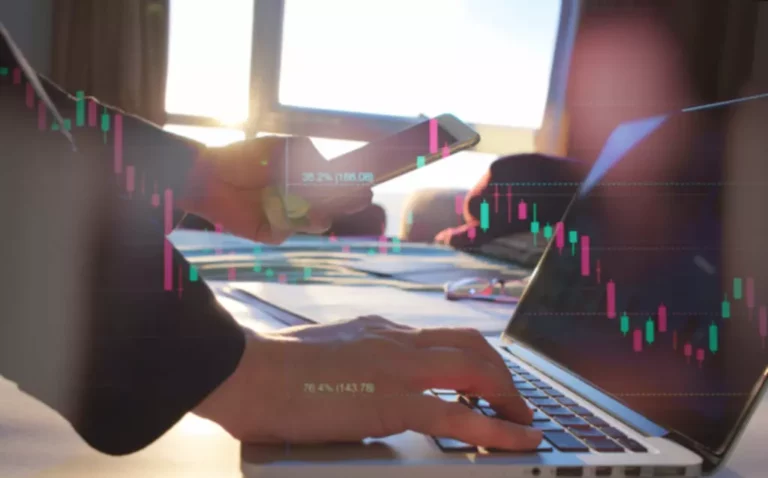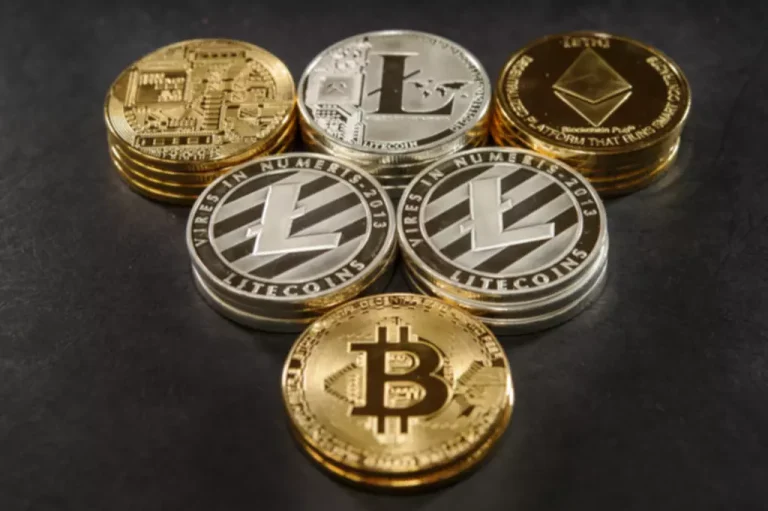One of the primary drawbacks is that these brokers usually cost higher fees and commissions compared to different kinds of brokers. Agency brokers have limited proprietary products, which could limit funding options for shoppers. These dark pools are supplied by independent operators and there is worth discovery.
They additionally require darkish swimming pools to disclose information about their trading practices and the forms of participants they allow to commerce in their swimming pools. A dark pool is a private darkpool trading financial forum or exchange largely used by institutional buyers for buying and selling financial instruments like securities and derivatives. Dark swimming pools, also called black swimming pools, are not accessible by the basic public and don’t show their trades, not like the public stock market. Dark swimming pools are a type of Alternative Trading System (ATS) that permits investors to commerce giant blocks of shares without public attention. Unlike public exchanges, darkish pools permit traders trade with out disclosing their identities until the trade is accomplished.
This measure determines whether the sentiment on the darkish swimming pools is currently bullish (will buy assets) or bearish (will promote them). The quantity is represented by a share that theoretically goes from zero to 100%. So the more bullish the sentiment is, the more the numbers will go up on the chart. However, if they purchased the stocks utilizing a standard platform, people might see it and comply with the transfer, making the value greater earlier than the transaction is complete.
Firm

While there are pricing and cost advantages to buy-side establishments such as mutual funds and pension funds, these benefits in the end accrue to the retail traders of the funds. Additionally, some critics argue that the dearth of transparency can create opportunities for insider buying and selling or different forms of market manipulation. When an investor desires to purchase or promote securities, they submit an order to the darkish pool, specifying the quantity and the worth they’re willing to pay or obtain.
Front-running occurs when an institutional dealer enters right into a trade in entrance of a customer’s order as a outcome of the change in the value of the asset will likely end in a monetary gain for the dealer. As a end result, each HFT and darkish pools are oft-criticized by these in the finance industry; some traders consider that these parts convey an unfair benefit to sure gamers within the stock market. With HFT, institutional merchants can execute their huge orders—oftentimes multimillion-share blocks—ahead of other investors, allowing them to capitalize on fractional upticks or downticks in share costs. As quickly as subsequent orders are executed, HFT merchants can shut out their positions and nearly instantly acquire profits.
How Does Darkish Pool Trading Work?

They are non-public trading platforms in the stock market, the place large institutional traders can trade securities anonymously, outside of public exchanges. Dark pool appeal to high-frequency traders seeking to benefit from market inefficiencies since they function in secrecy. They are be factored into the overall market worth of a inventory since darkish pool trades usually are not reported to public exchanges, which lead to discrepancies between the general public trade value and the true market worth. The major good thing about Dark Pool is for those traders to make massive trades without affecting the market as a whole Cryptocurrency wallet.
In contrast to dark swimming pools, traditional exchanges are sometimes described as lit markets. Eventually, HFT turned so pervasive that it grew more and more tough to execute massive trades by way of a single change. Because massive HFT orders had to be unfold amongst a quantity of exchanges, it alerted trading rivals who could then get in entrance of the order and snatch up the inventory, driving up share costs. All of this occurred inside milliseconds of the initial order being placed. Another example of darkish pool trading coming beneath regulatory scrutiny is the case involving Investment Technology Group (ITG) in 2015. Investment Technology Group (ITG), an impartial dealer and monetary technology supplier, settled with the Securities and Exchange Commission (SEC) for $20.three million over allegations associated to their dark pool POSIT in 2015.
- In this situation, informed traders begin to migrate to the dark pool in search of uninformed counterparties with whom to trade, and in an effort to avoid the widening trade unfold.
- As the value and amount of shares to be traded are hidden in darkish pools, they appear to displayed markets for price benchmarks.
- Research reveals that volatility is a crucial driver of the overall dynamics of self-selection into darkish and lit venues for buying and selling (Zhu, 2014).
What Does The Critiques Say About Darkish Pools?
The Dark pool index (DIX), is predicated on the same companies because the Standard & Poor’s 500 index. However, it makes use of the numbers from dark pools as a substitute of the general public stocks from these companies. Public financial exchanges are extremely regulated and attract lots of consideration from the media. So, all people is conscious of who’s buying and selling what, and this might have an result on prices if one waits a very lengthy time before the transaction is complete. This may happen as a result of there’s not enough liquidity for large transactions.
In this state of affairs, knowledgeable traders begin to migrate to the darkish pool in search of uninformed counterparties with whom to trade, and in an effort to keep away from the widening change unfold. The proliferation of dark pools has been pushed in part by a higher reliance on know-how for buying and selling in monetary markets. It can be a response to modifications in regulations, as regulators more and more give attention to investor safety and making monetary markets fairer and extra clear.
This variability is driven by the pattern of knowledgeable and uninformed merchants choosing the place they trade, but only when market circumstances are normal. In different words, it holds when volatility is reasonable and the unfold between the ask and bid costs on the trade is slender. Under these situations, uninformed traders gravitate in direction of the darkish pool as a end result of they face decrease threat of opposed choice there. When informed merchants https://www.xcritical.com/ commerce with their information, they help the market to discover the ‘fair’ price for the asset they commerce. Thus, in the context of darkish buying and selling, the two courses of merchants self-selecting the place they trade primarily based on their wants has implications for total price discovery in the whole market, comprising the lit exchange and the darkish pool. Dark Pools came up within the 1980’s after the SEC allowed investors to buy and sell giant volumes of shares.
The risks of attracting attention from different traders have intensified with the rise of algorithmic trading and high-frequency trading (HFT). These strategies employ subtle computer applications to make massive trades simply forward of different investors. HFT applications flood public exchanges with buy or sell orders to front-run big block trades, and pressure the fund supervisor in the above instance to get a worse price on their trade. With the advent of supercomputers capable of executing algorithmic-based programs over the course of just milliseconds, high-frequency buying and selling (HFT) has come to dominate day by day trading quantity. HFT technology allows institutional traders to execute their orders of multimillion-share blocks forward of different buyers, capitalizing on fractional upticks or downticks in share prices. When subsequent orders are executed, earnings are immediately obtained by HFT traders who then shut out their positions.
The CFA additionally estimates that dark pools are answerable for 15% of U.S. quantity as of 2014. Thus, traders self-select their buying and selling venues primarily based on how much data they maintain, and this has implications for the risk of antagonistic choice. This is the risk of an uninformed trader trading with one other dealer who has more information.
